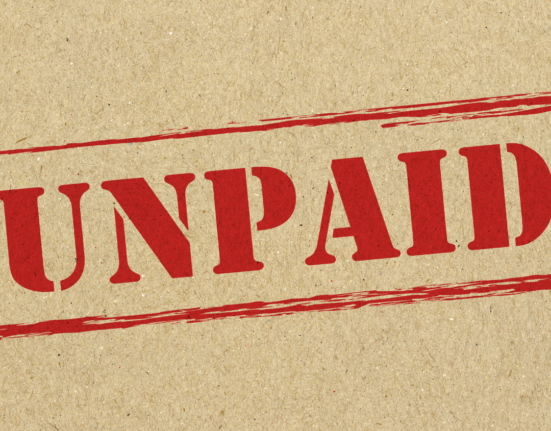Businesses, regardless of size or industry, inevitably face customer complaints. These grievances stem from various factors like product issues, service expectations, or misunderstandings. Addressing these complaints skillfully is vital. It’s not just about resolving a problem but turning the situation into a positive experience for the customer. You must master in handling customer complaints to enhance your brand’s reputation, foster customer loyalty, and spotlight your commitment to exceptional service.
In this article, you will get a guide on how to reply to customer complaints. Let’s dive in.
How to Reply to Customer Complaints
With the right approach, you can turn negative feedback into positive outcomes. Here, we explore key steps to respond effectively and strengthen customer relationships.
Understand the Complaint
The first step in addressing complaints is genuinely understanding the customer’s issue. Rushing to a solution without fully grasping the problem can lead to further frustration. Listen actively and empathetically. If the complaint is unclear, ask questions to get to the heart of the matter. This approach helps you find the right solution. Also, it signals to the customer that you value their feedback and are committed to resolving their concerns.
Also Read: Understanding Customer Complaints: It’s Not About You
Respond Promptly
Timeliness in responding to customer complaints is crucial. A quick response shows you value their time and are serious about addressing their concerns. Aim to acknowledge complaints within 24 hours. This promptness can significantly reduce customer frustration and prevent the situation from escalating.
Apologize Sincerely
A sincere apology can go a long way in mending the relationship with an unhappy customer. Apologize to convey genuine regret for the inconvenience caused. Tailor your apology to the specific complaint, avoiding generic responses. This personal touch can help rebuild trust and show the customer that their issue is being taken seriously.
Offer a Solution
After understanding the complaint and offering an apology, the next step is to present a solution. This way, you can address the immediate issue. Additionally, you can demonstrate your commitment to preventing similar problems in the future. Involving the customer in finding the solution can empower them and enhance their overall satisfaction. This collaborative approach is a cornerstone of effective customer complaint resolution.
Follow Up
A follow-up after resolving the issue shows that you care about the customer’s satisfaction in the long term. It’s an opportunity to ensure the solution was satisfactory and address any lingering concerns. This step can transform an initially negative experience into a positive one, reinforcing the customer’s loyalty to your brand.
Learn and Improve
Every complaint is a chance to improve. By analyzing customer feedback, you can identify areas for improvement and take steps to enhance your products or services. This continuous learning and adaptation process is vital for minimizing future complaints and improving customer satisfaction. It underscores the importance of a proactive approach in how to reply to customer complaints.
Implement Preventative Measures
Based on the insights gained from customer complaints, implement measures to prevent similar issues from arising. This could involve refining your products, improving service protocols, or enhancing staff training. Such preventative measures demonstrate your commitment to excellence and proactive approach to addressing potential issues before they escalate.
Build a Positive Company Culture
Fostering a positive company culture that prioritizes customer satisfaction can naturally reduce the occurrence of complaints. Encourage your team to view complaints not as criticisms but as opportunities to strengthen the business. A team that is empowered and motivated to address customer needs proactively will contribute to a more positive customer experience.
Utilize Technology
Leveraging technology can streamline the process of handling complaints. Use customer relationship management (CRM) systems to track complaints, responses, and outcomes. This can help identify patterns and areas for improvement. Additionally, automated response systems can ensure that customers receive timely acknowledgments, even outside of business hours.
Final thoughts,
Navigating the waters of customer complaints can be challenging, but with the right approach, it’s possible to turn these situations into opportunities for growth and improvement. You can enhance your brand’s reputation and customer loyalty by understanding the complaint, responding promptly, apologizing sincerely, offering a tailored solution, following up, learning from the feedback, and implementing preventative measures. Remember, how to reply to customer complaints isn’t just about addressing the immediate issue—it’s about demonstrating your ongoing commitment to customer satisfaction and brand integrity. Embrace complaints as invaluable feedback that can drive your business forward and one satisfied customer at a time.
Additional Resources:







